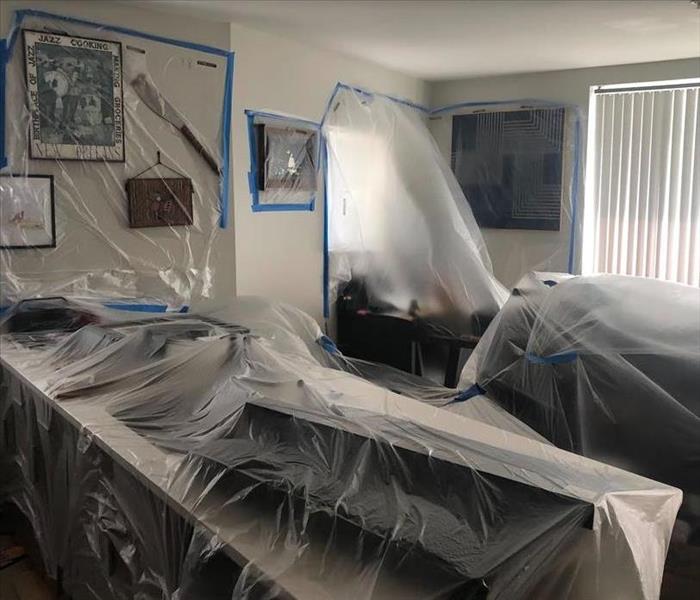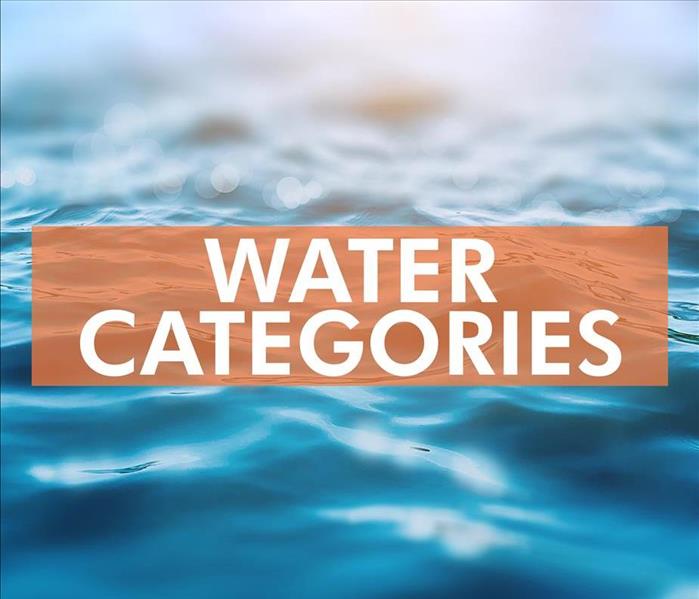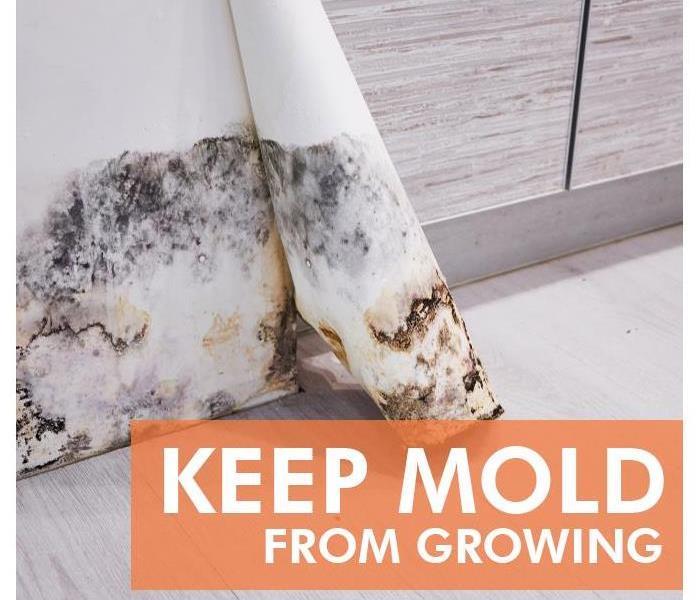Containment Barriers
2/11/2024 (Permalink)
 In addition to protecting valuable items, containment barriers are often incorporated to aid in the drying process.
In addition to protecting valuable items, containment barriers are often incorporated to aid in the drying process.
Why call the experts? Because there’s a science behind what we do.
In addition to protecting your valuable materials from dust and harmful particles, Containment Barriers can aid in the drying process and help eliminate problems resulting from inadequate drying techniques.
Containment barriers can play a crucial role in the drying process. These barriers are necessary for preventing the diffusion of water and ensuring effective control of moisture. By incorporating these barriers into the drying process, the drying efficiency and effectiveness can be significantly improved.
Here at SERVPRO Team Cuthbertson, we are passionate about education and the science in what we do. Our industry-leading teams are on call and ready to handle any size loss.
SERVPRO TEAM CUTHBERTSON
ALWAYS LEARNING, ALWAYS GROWING, ALWAYS READY
Three Types of Contaminated Water
11/7/2022 (Permalink)
 There are three types or categories of water: clean water, contaminated water, and sewer/flood water.
There are three types or categories of water: clean water, contaminated water, and sewer/flood water.
Three Types of Contaminated Water
There are three types or categories of water: clean water, contaminated water, and sewer/flood water. They each fall into categories, (1, 2, and 3 respectively). Each is unique in the source and the way in which it needs to be mitigated.
Clean Water (Category 1)
Clean water is from a clean source and is not contaminated. It can be used for drinking, bathing, and laundry. Clean water is usually clear and odorless. This kind of water can come from an overflowing bathtub or something similar. This type of water does not require any sort of special care outside of the normal mitigation process.
Contaminated Water (Category 2)
A contaminated water supply is usually caused by a break in the system when your water supply is interrupted. Leaking or burst pipes can also contaminate your water supply, as well as overflowing toilets and broken washing machines.
Contaminated or unclean water should not be consumed or used for any purpose. Contaminated or unclean waters include sewage-contaminated floodwaters, greywater (like from a bathroom sink), gray water (like from the washing machine), toilet bowl cleaner, and toilet bowl cleaner residue on your hands after using it to clean the toilet bowl with a rag or paper towel, melted snow/ice and other types of contaminated tap water due to chemical spills like oil spills in rivers/lakes/oceans, etc., storm drains overflow with heavy rains during floods as well as vehicles that have been submerged under floodwaters before help arrives at their location (for example Houston Hurricane Harvey 2017).
Sewer or Floodwater (Category 3)
Sewer or floodwater is the most dangerous type of contaminated water because it can contain bacteria, viruses, and protozoa. Sewer or floodwater may also be contaminated by chemicals such as oil and grease.
Sewage systems are a major source of sewer or flood damage in homes. Sewer systems typically include pipes that carry waste away from toilets and sinks. These pipes can break if they're old or damaged by freezing temperatures, causing sewage to leak into your home's structure through cracks in walls and floors.
If you think your home has been flooded with sewage or another type of waste product like industrial chemicals from an accident on-site at work, call 911 immediately so emergency responders can help you get to safety before entering the area again. Also, give SERVPRO of Lake Mary/Heathrow a call for water damage restoration.
If you need to know more about water damage, then you can contact SERVPRO of Lake Mary/Heathrow. We have a team of experts who are always ready to help you out with any kind of water damage in your home or business.
4 Steps To Take After Commercial Water Damage
8/22/2022 (Permalink)
 Water damage spreads fast and easily creating an ideal environment for mold to grow.
Water damage spreads fast and easily creating an ideal environment for mold to grow.
Four Steps to Take Following Commercial Water Damage
From broken pipes to heavy storms and HVAC system malfunctions, water damage may happen at any time in your Lake Mary, FL, business. When the unexpected happens, help minimize the damage and get back to normal faster by taking the following four steps:
1. Find the Source
It is essential to find the source of the problem and stop it. If it involves flooding, that may not be possible. When the problem is a plumping or appliance issue, it is essential to turn it off as long as it is safe to do so. This may require shutting off the main water valve.
2. File a Claim
Once the water stops flowing, call your insurance provider to make a claim. The quicker this happens, the faster the issue is resolved. Along with filing the claim, take photos and videos of all affected areas and items. This is essential documentation to help move your claim along more smoothly. It is also recommended to keep a log of all items damaged and locate any receipts if possible.
3. Begin Water, Water-logged Material Extraction
Water damage spreads fast and easily creating an ideal environment for mold to grow. After getting approval from your insurance provider, remove any waterlogged items from the property to dry in a safe, secure location. The next essential stepping is extracting standing water. As it sits, it may easily begin to seep up walls and into other porous materials.
4. Get Professional Water Cleanup Help
Depending on the extent of the damage, the water removal process and following restoration steps may require water and mold restorative services. Calling in the experts provides peace of mind on all levels. Along with helping extract water and dry out the property, trained technicians will have the expertise and tools to salvage many items, clean and deodorize affected areas, and complete restoration repairs.
Finding water damage on your property is frustrating. Taking the above steps and acting quickly helps ease the situation.
 In addition to protecting valuable items, containment barriers are often incorporated to aid in the drying process.
In addition to protecting valuable items, containment barriers are often incorporated to aid in the drying process.





 24/7 Emergency Service
24/7 Emergency Service

